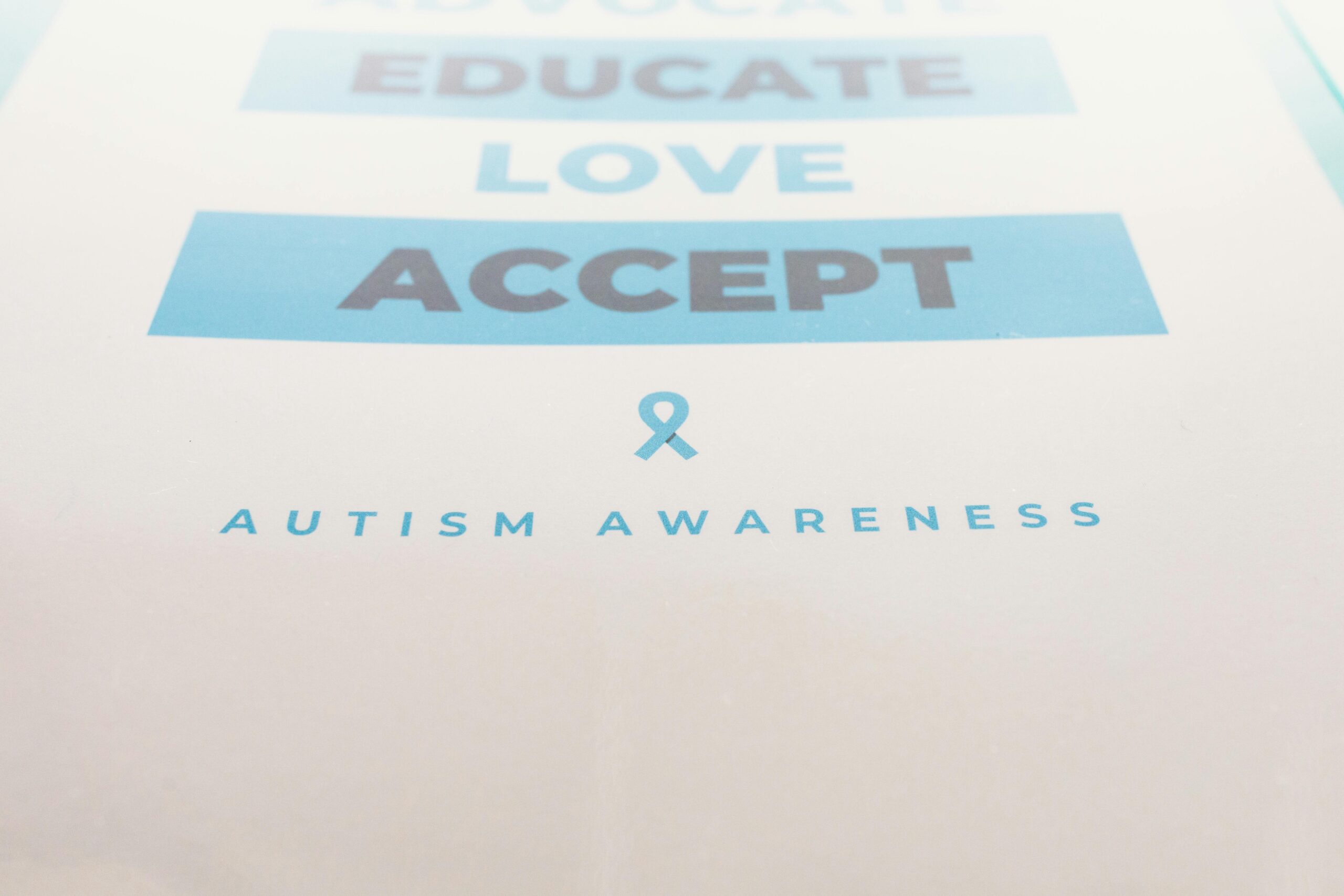Everyday conversations can feel like cryptic codes for people on the autism spectrum. Unspoken rules, hidden meanings, and “reading between the lines” don’t come naturally—and missteps can lead to isolation, anxiety, and missed opportunities. A new class of AI tools—from Autistic Translator and NeuroTranslator to Goblin Tools—is stepping in to bridge that gap, decoding social interactions in real time and offering personalized guidance. These apps aren’t cure-alls, but for many autistic and neurodivergent users, they’ve proven eye-opening companions on the path to clearer communication.

From Job Loss to Insight: Real-World Impact
Take Theron Pierce, a 34-year-old autistic cellist who struggled to understand why a promising teaching gig ended in a layoff. Autistic Translator’s bullet-point analysis revealed that relentless requests for feedback had been misread as incompetence. Stripped of human emotion, the feedback felt safer to process—and gave Pierce a clear action plan for future roles.
Meanwhile, 22-year-old Eva Dale used the same tool to untangle a family riddle: when Grandma said “the dog has to go out,” she really meant “will you walk the dog?” The AI’s “translation” matched her mom’s explanation, confirming that the app could mirror real-world nuance.
How These AI Helpers Work
- Rule-Based Logic Meets Big Data: Developers encode therapist-approved social rules and feed the systems millions of forum posts and research summaries.
- Prompting and Personalization: Users feed in brief descriptions of awkward moments—job feedback, off-color jokes, eye-contact blunders—and the AI suggests how a neurotypical mind might interpret the scenario.
- Multi-Tool Ecosystems: Platforms like Goblin Tools offer task-organizers and tone-adjusters; NeuroTranslator extends services to those with ADHD, helping with prioritization and impulse control.
Benefits and Breakthroughs
- Emotional Buffering: AI’s neutral tone removes shame and defensiveness, making feedback easier to accept.
- On-Demand Support: Human coaches and therapists are invaluable but limited by time; AI never tires of answering “weird” or repetitive questions.
- Self-Advocacy Prep: Users report feeling empowered to ask for clarifications or set boundaries based on AI-derived insights.
Caveats and Ethical Considerations
- Context Limitations: AI can’t fully grasp personal histories or dynamic group relationships, so its translations can sometimes feel vague or miss critical subtext.
- Overreliance Risks: Experts warn that leaning too heavily on AI may stunt development of independent coping strategies, self-advocacy skills, and real-world feedback loops.
- Privacy and Bias: Brain-data privacy, the risk of stereotyping (“all autistic people think this way”), and the need for transparent data-use policies remain top concerns.

Beyond Social Translation: The Future of Neurotech Assistants
- Emotion Recognition: Integrating voice-and-video analysis could allow future tools to flag nonverbal cues—tone shifts, micro-expressions—adding depth to the AI’s “read.”
- Therapeutic Partnerships: Mental-health apps may incorporate these translators as part of broader digital therapy platforms, combining cognitive behavioral exercises with social decoding.
- Customizable AI Personas: Imagine tuning your translator’s style—more gentle, more direct, or richer in cultural context—to fit your personal comfort and learning needs.
Frequently Asked Questions
Q: What is an “Autistic Translator”?
An AI chatbot designed to explain how neurotypical people likely interpreted a given social interaction, based on therapist-informed rules and large datasets.
Q: Who can benefit from these tools?
Primarily autistic adults and teens, but also people with ADHD, social anxiety, or anyone who finds unspoken social norms difficult to navigate.
Q: Are these tools a replacement for therapy?
No. They are meant to supplement, not replace, professional support, self-advocacy training, and real-life practice.
Q: How accurate are the AI “translations”?
Users find them helpful 60–80% of the time for straightforward scenarios; accuracy drops for highly personal or complex social dynamics.
Q: What are the privacy risks?
Conversations may be stored for model training. Always review an app’s privacy policy and opt out of data sharing where possible.
Q: Can the AI handle cultural differences?
Most tools focus on Western social norms; cross-cultural nuance is a known limitation and an area for future development.
Q: How much do these services cost?
Subscriptions range from $4 to $12 per month. Some offer free tiers with limited prompts.
Q: What if the AI gets it wrong?
Most platforms include disclaimers encouraging users to verify with trusted friends or professionals and to use critical judgment.
Q: Is there evidence these tools improve social confidence?
Early user surveys report increased confidence and reduced anxiety, but long-term clinical studies are still pending.
Q: How do I choose the right tool?
Look for apps with transparent methodology, therapist involvement, active user communities, and regular updates based on real-world feedback.

As AI continues to evolve, these “autistic translators” may become indispensable companions—demystifying the social world and empowering neurodivergent minds to engage with confidence, clarity, and a little less uncertainty.
Sources The Washington Post


